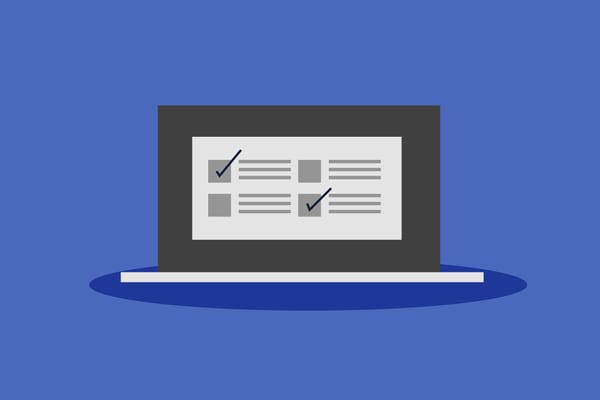How to protect yourself against cyberstalking

Cyberstalking, or online stalking, is defined as the use of online technologies to harass and threaten a selected victim. It can happen to anyone, regardless of age and gender.
The evolution of technology and the rise in social media networking has made it easier for stalkers to monitor and harass their targets. The anonymity of the digital world lets online stalkers gather information and terrorize victims without physically interacting with their targets.
Spotting cyberstalking behavior
According to a January 2020 survey, 44% of internet users had suffered some form of online harassment. Specifically, 28% reported a severe form of online harassment, including physical threats and stalking. Moreover, 77% of victims said that they had been harassed or stalked on Facebook.
Cyberstalkers use a variety of tactics to intimidate, humiliate and control victims, including:
- Excessive commenting on a target’s social media posts
- Sending threatening and unsolicited sexually explicit emails, messages or texts
- Tagging the victim in posts without their consent
- Impersonating the victim on social media
- Hacking or hijacking devices and online accounts
- Bombarding the target with messages, even after the perpetrator is asked to stop
Stalking can take place via email, instant messaging apps, texts, spyware installed on a device, and even GPS devices fitted to the victim’s vehicle. The perps research their victims on search engines, chat rooms, blogs and social media websites such as Facebook, Instagram, Twitter and LinkedIn. These platforms allow stalkers to gather personal information to use against the victim and pinpoint their location in the real world.
How to protect against cyberstalking
Try Googling yourself to find out what information a stalker could find about you online. You might be amazed at how easy it is to pull personal information such as a phone number, workplace or home address off the web. The target’s portfolio gets even bigger when adding the information from your family or friends' social media profiles.
In addition to recognizing cyberstalking behavior, individuals must take proactive measures and limit unnecessary online expose to protect their digital and physical wellbeing, including:
- Review and change passwords for all online accounts
- Enable strict privacy settings on social media platforms
- Disable any publicly available itineraries or calendars
- Limit online sharing with individuals outside your close friends or family
- Review friend lists and remove or block unknown individuals
- Turn off location services metadata when posting photos online, as it may allow the stalker to trace your whereabouts
- Use a security solution and VPN to protect yourself from malware attacks and eavesdropping on your network
- Avoid using the check-in option on Facebook
- Don't provide sensitive or personally identifiable information such as your full name, phone number, home address or workplace to individuals you meet online, in chat rooms, social media or gaming platforms
- Block individuals and report them to the social media platform
Bitdefender's Digital Identity Protection tool allows you to monitor the digital footprint you leave behind while roaming the web. Public-facing information such as your name, age, email address, phone numbers and jobs, education and images are grouped into categories, enabling you to easily analyze sources of information. Users can choose to access the data and remove it accordingly.
Although not all cyberstalking involves severe online harassment, victims may experience a wide range of physical and emotional consequences that disrupt the lives and mental state of individuals.
In some way or another, most cyberstalkers are familiar with their victim. In some cases, the stalker can be an ex-boyfriend or partner and even a co-worker.
If you, a friend or family member ever encounter stalking behavior, feel threatened or scared, immediately report it to the police. It's always helpful to keep a folder of screenshots, abusive emails or texts as evidence to hand over to law enforcement.
tags
Author
Alina is a history buff passionate about cybersecurity and anything sci-fi, advocating Bitdefender technologies and solutions. She spends most of her time between her two feline friends and traveling.
View all postsRight now Top posts
How to Protect Your WhatsApp from Hackers and Scammers – 8 Key Settings and Best Practices
April 03, 2025
Outpacing Cyberthreats: Bitdefender Together with Scuderia Ferrari HP in 2025
March 12, 2025
Streamjacking Scams On YouTube Leverage CS2 Pro Player Championships to Defraud Gamers
February 20, 2025
How to Identify and Protect Yourself from Gaming Laptop Scams
February 11, 2025
FOLLOW US ON SOCIAL MEDIA
You might also like
Bookmarks







